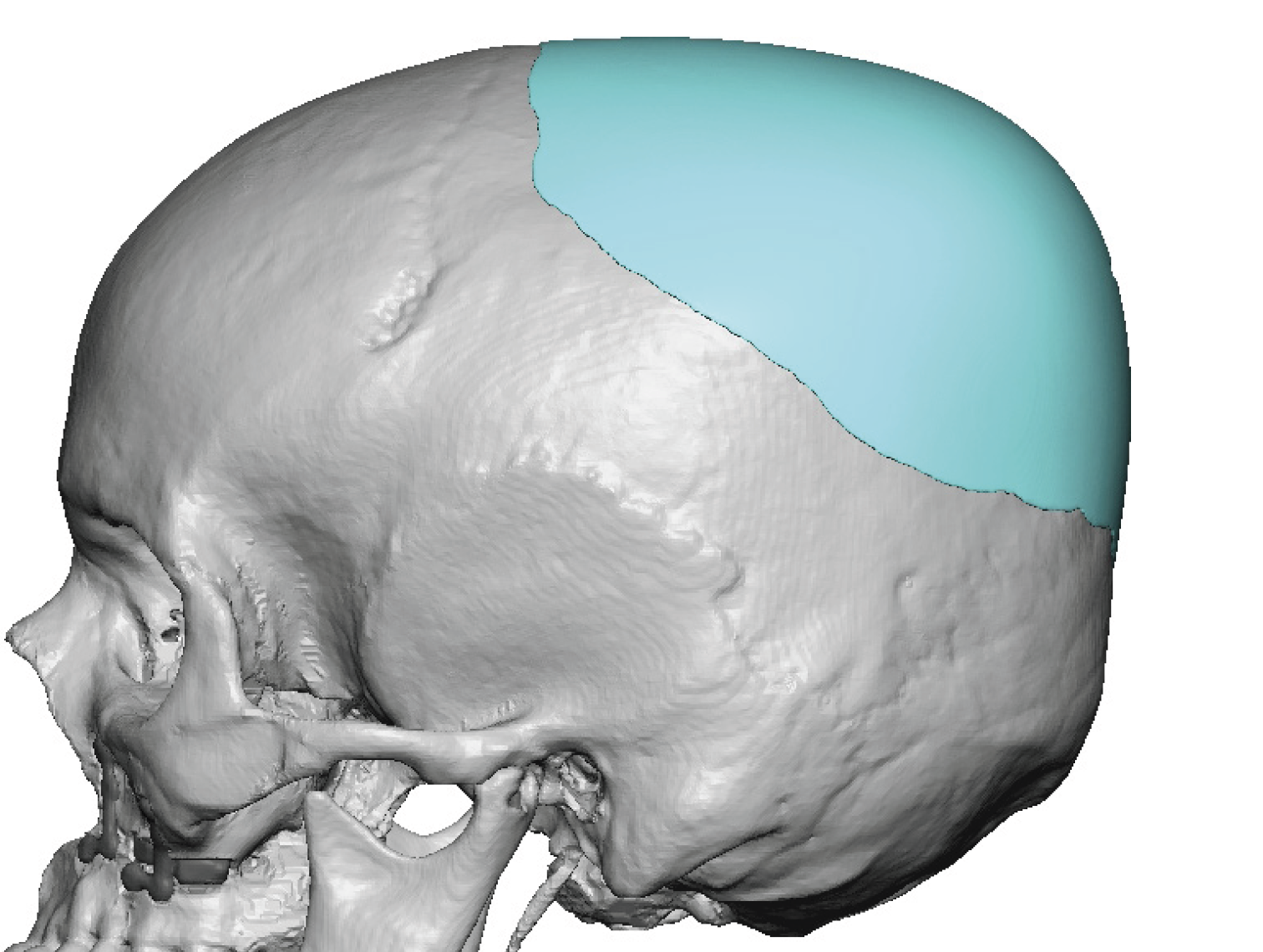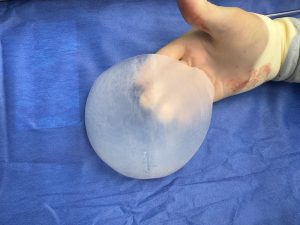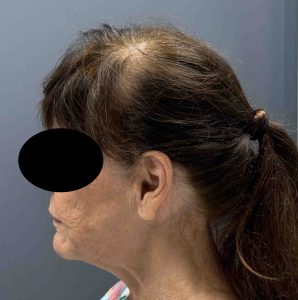Background: Patients concerned about their head shape, particularly that of deficiencies (areas of flatness), have a long standing time period of awareness. Almost every skull augmentation patient I have treated tells the story of their concern and it almost always dates back to their childhood or teenage years. In men it can be a more delayed as their awareness may coincide with their hair loss but often, even then, they were aware of it… just not concerned about it since it was covered.
As a result age is not usually a limiting factor for aesthetic skull implants. Not be confused with intracranial surgery (neurosurgery) aesthetic skull implants are extracranial in placement and have no greater recovery or risks than breast implants or facelifts to use a few remote examples. The surgeries are relatively short (60 to 90 minutes) and the recovery are similarly quick being back to most normal life activities in 7 to 10 days at most. Most patients would rate their pain as only modest after 24 hours.
There are definite gender trends in aesthetic skull deficiency concerns. For men the most common area is flatness at the back of the head. For females it is more often for a crown of the head deficiency. For females how much the crown of the head needs to augmented depends on three factors; how much augmentation the patient desires, what is the patient prepared to do to achieve it (one vs two stage skull augmentation) and how much scalp stretch does the patient have.
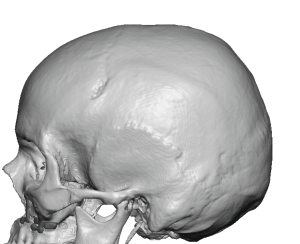
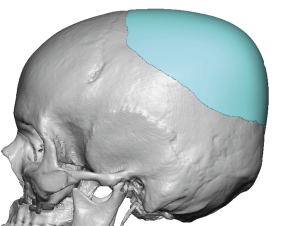
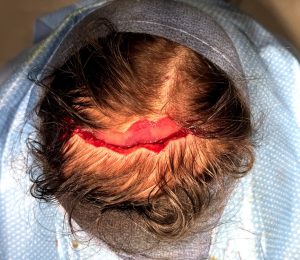

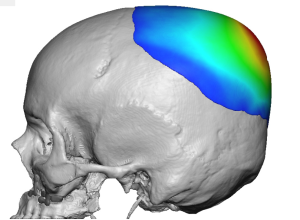
Key Points:
1) Aesthetic skull augmentation patients are typically those that want to address a lifelong concern…and their age is not a limitation for them for surgical correction.
2) For females the #1 area of skull deficiency that desire improved is the crown of the skull.
3) The effects of a custom skull implant are often as much about the surface area it covers than about its thickness.
Dr. Barry Eppley
World-Renowned Plastic Surge

